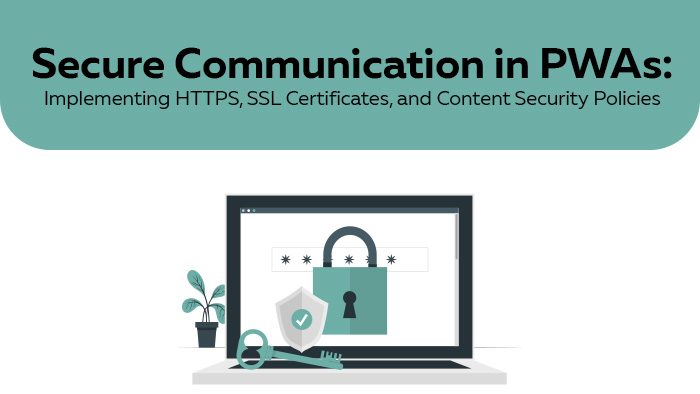
Secure Communication in PWAs: Implementing HTTPS, SSL Certificates, and Content Security Policies
Introduction In the rapidly evolving landscape of web development, the integration of security measures has become a paramount concern, especially when considering the deployment of Progressive Web Apps (PWAs). This section delves into the critical aspects of secure communication within PWAs, highlighting the immense significance it holds in ensuring both data integrity and user trust. By implementing HTTPS, SSL certificates, and robust content security policies, developers can establish a secure foundation that safeguards sensitive information and elevates user confidence in the application. 1.1 Significance of Secure Communication in PWAs In an era where cyber threats and data breaches are prevalent, secure communication within PWAs emerges as a cornerstone of responsible software development. PWAs inherently handle a myriad of user interactions and sensitive data, ranging from personal information to financial transactions. Without a robust security framework in place, this data is susceptible to interception and unauthorized access, potentially resulting in severe consequences for both users and the reputation of the application. Secure communication addresses these concerns